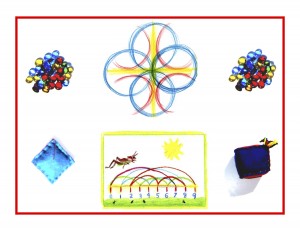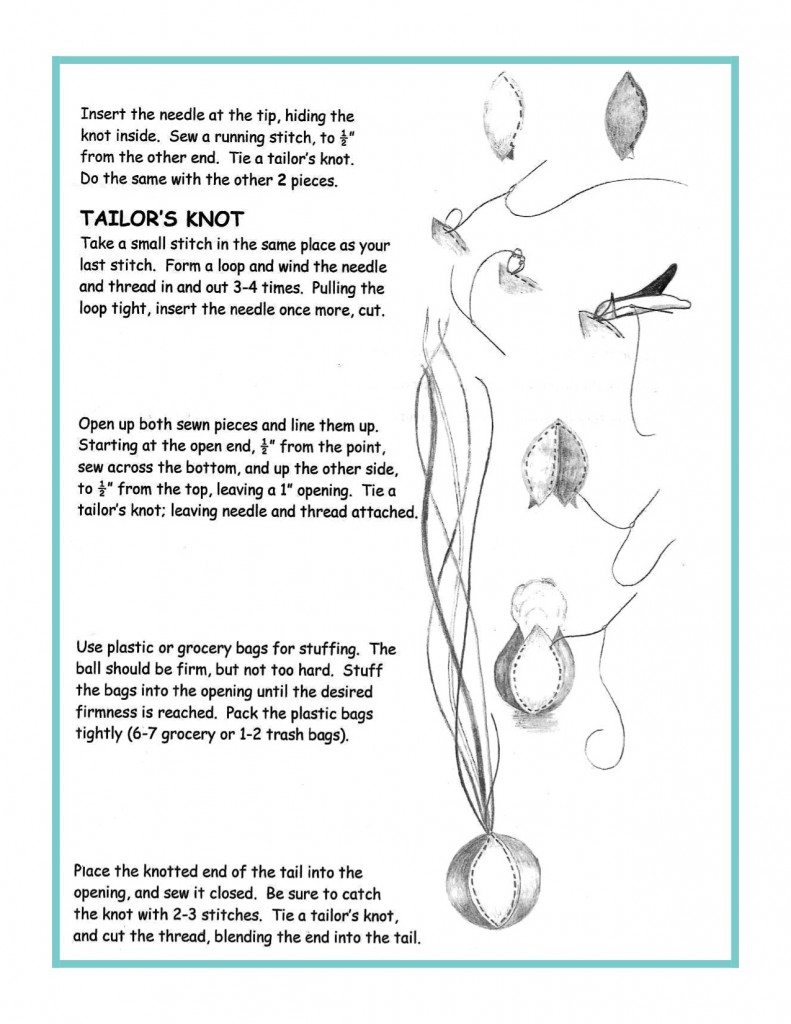Day 18
For one year, 365 days, this blog will address the Common Core Standards from the perspective of creating an alternate, ambient learning environment for math. Ambient is defined as “existing or present on all sides, an all-encompassing atmosphere.” And ambient music is defined as: “Quiet and relaxing with melodies that repeat many times.”
Why ambient? A math teaching style that’s whole and all encompassing, with themes that repeat many times through the years, is most likely to be effective and successful. Today’s blog will focus on Kindergarten Standard 4, in Geometry. Note that the Common Core Standards will appear in blue, followed by an ambient translation.
Geometry K.G
Analyze, compare, create, and compose shapes.
4. Analyze and compare two- and three-dimensional shapes, in different sizes and orientations, using informatl language to describe their similarities, differences, parts (e.g., number of sides and vertices/”corners”) and other attributes (e.g., having sides of equal length).
To compare, use the sandpaper shapes and their wooden counterparts (see Day 16). For example, if a wooden circle is placed on the sandpaper square, the differences can be easily felt (this can/should be largely experiential at this point). Curved vs. straight, four sharp corners vs. a continuous round line, equal sides with stops and starts vs. no sides, no stops and starts. Plant the idea and watch it happen again and again in the math play corner.
Draw the shapes on the floor or ground with chunky chalk and walk or run them with the child(ren). A running commentary can accompany this. Say or sing, “Around and around and around, a circle!” Or “Walk-stop-walk-stop-walk-stop-walk-stop, a square!” And so on.
Along the same lines, use short, sturdy sticks as pegs to stick into the ground (grass is nice for this activity). Have a ball of chunky yarn or soft rope on hand and tie an end to the first peg. Then have the children trace the outline of the shape. (You will need to place the pegs very close together for the circle.)
Make “cookie cutters” to use as stencils with paint or an inked stamp pad. Cardboard tubes (toilet paper or paper towel tubes work) can be cut in strips and formed into shapes: as is for the circle, pinch 4 corners and straighten the sides for the square, pinch 3 corners and straighten the sides for the triangle, and the same with 6 corners for the hexagon (if you’re feeling ambitious). Staple a half circle strip across the top to use as a handle, then stamp the shapes!
Now for the three-dimensionals. A large exercise ball will do for the sphere and a cardboard box for the cube. The cylinder and cone can be made large and colorful with poster board and tape: a rectangle for the cylinder and a triangle with a rounded bottom for the cone. You may want to double their thicknesses with glue or double-sided tape to make them more sturdy so the child(ren) can explore the shapes on a grand scale.
Here’s a fun project: sew cloth three-dimensionals. They can be large or small, and used for toss and catch games. A rectangle with two circles on the top and bottom for the cylinder, a triangle with a curved bottom and a circle base makes the cone, and you’ll find a pattern below for the sphere (from instructions for the Math By Hand Comet Ball). Use either 4 or 6 of the “eye” sections. Toss the shapes!
Knowledge ensues in an environment dedicated to imaginative, creative knowing, where student and teacher alike surrender to the ensuing of that knowledge as a worthy goal. More Kindergarten tomorrow!













